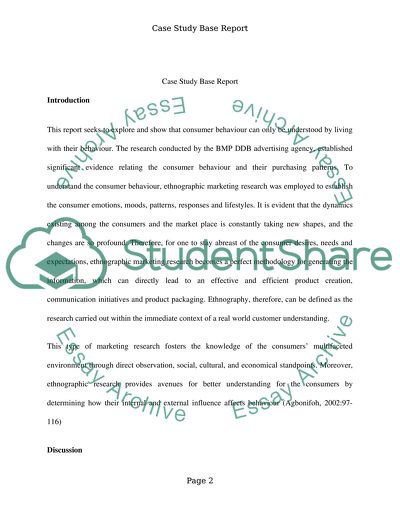Cite this document
(“Case study on BMP DDB advertising company Essay”, n.d.)
Case study on BMP DDB advertising company Essay. Retrieved from https://studentshare.org/marketing/1403272-case-study-base-report
Case study on BMP DDB advertising company Essay. Retrieved from https://studentshare.org/marketing/1403272-case-study-base-report
(Case Study on BMP DDB Advertising Company Essay)
Case Study on BMP DDB Advertising Company Essay. https://studentshare.org/marketing/1403272-case-study-base-report.
Case Study on BMP DDB Advertising Company Essay. https://studentshare.org/marketing/1403272-case-study-base-report.
“Case Study on BMP DDB Advertising Company Essay”, n.d. https://studentshare.org/marketing/1403272-case-study-base-report.


